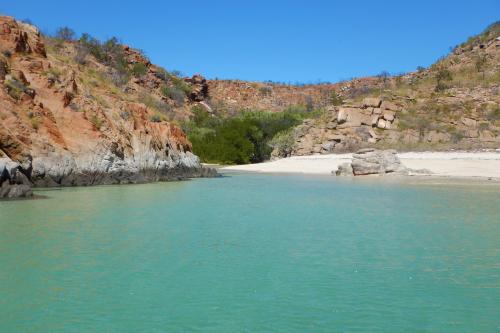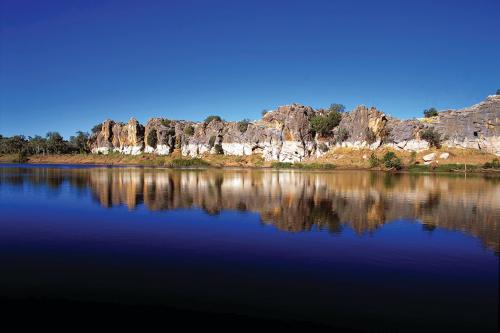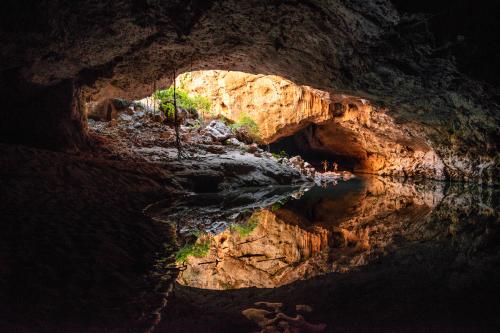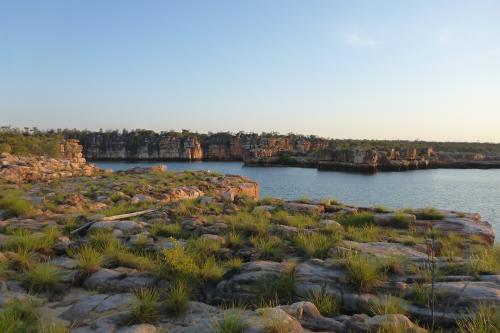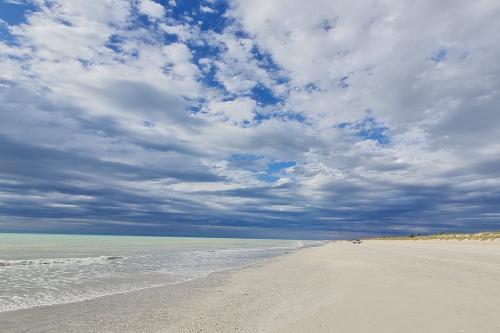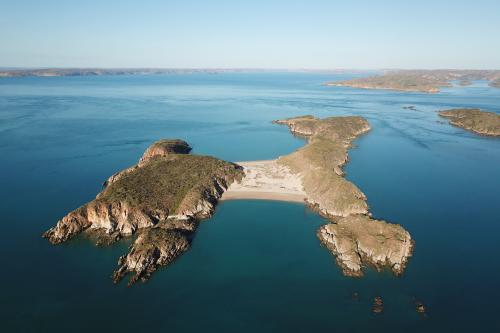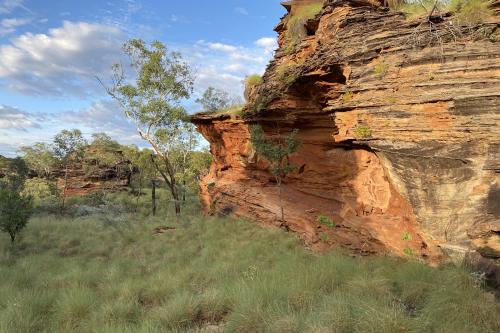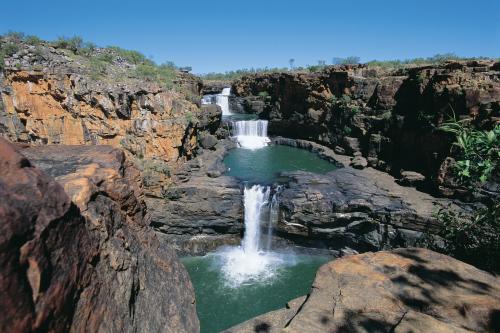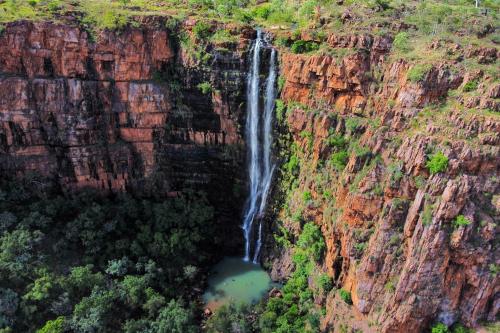Destination information
The Kimberley is regarded as one of the last remaining wilderness areas on earth. Home to some truly extraordinary natural attractions, it is a destination that provides the visitor with the consummate Australian outback experience amidst a spectacular landscape.
Wild, pristine rivers crisscross the landscape – a magnet for fishermen chasing the legendary barramundi, or for wildlife enthusiasts looking to see the stunning array of flora and fauna which proliferate in the region.
The Kimberley is home to many vast, remote and truly spectacular national parks. Limestone caves, plunging gorges, one of the world’s largest meteorite craters and dazzling world heritage listed geological landmarks are just some of the attractions waiting to be experienced. If you are heading to the Kimberley, be sure to visit one or all of these places in Australia's North West.
Remote area travel
Australia's North West is remote - many parks are not accessible by conventional road vehicle, and some places cannot be reached overland in any vehicle.
If you don't have a four-wheel drive or don't want to drive here, there are a number of companies in the regional centres that rent them. If you travel independently make sure you're familiar with all the advice and references for further information in the Know before you go section. Away from parks and main roads, you may need the permission of traditional owners or pastoral station managers for access.
There are a number of companies licensed to offer tours by four-wheel drive, air and boat in the parks of the Kimberley.
Tides
The tidal range in the Kimberley is huge - the biggest in the southern hemisphere. One of the most spectacular results is the Horizontal Falls, but the same awesome power can be dangerous. Always check tide information with the Bureau of Meteorology or a trustworthy local source before visiting the coast or tidal areas.
Crocodiles
Both Australian species of crocodile - the estuarine or saltwater (saltie) and Johnstone's or freshwater (freshie) are found in the Kimberley. Salties are big, extremely dangerous and live in a wide variety of habitats in the State's north, including coastal waters near beaches and offshore islands. Johnstone's are smaller. Crocs are common, crocs move around and crocs are deadly so Be Crocwise and download our Crocodiles information guide. Pay attention to all risk warning signs, however just because a sign isn’t there doesn’t mean crocodiles aren’t present. If unsure don't swim, canoe or use small boats in estuaries, tidal rivers or pools and contact the nearest Parks and Wildlife office.
Marine stingers
The potentially lethal box jellyfish and irukandji are found along the Kimberley coast. Although they can be present all year round they are most prevalent from November until April. If you do swim, snorkel or dive wear a full-length stinger suit and if you are stung, douse liberally with vinegar and seek urgent medical advice.
Climate
The Kimberley is tropical, it has two seasons - wet and dry. The wet is from November to April and the rain, though it is usually confined to short downpours in the late afternoon or evening, is very heavy and the humidity is high. Storms can be spectacular, but travel conditions can be dangerous: temporary closure of roads and parks is sometimes necessary. Some parks, and the Gibb River Road, are closed throughout the wet season and many tours and other services are not available. The wet is also cyclone season and the period when marine stingers are most prevalent.
The dry season from May to October is the peak period for visits to the Kimberley.
Go to the Bureau of Meteorology for more climate and weather information, including on cyclones and flood warnings. Visit Park Alerts for all park, track, trail and road closures before you go.
Nature's calendar
September - April: Migratory wading birds - half a million wading birds arrive on the coast each year from their breeding grounds in Siberia.
July - November: Humpback whales - the warm waters off the Kimberley coast are where these ocean giants come to breed.
November - March: Turtle nesting - five of the world's seven species of marine turtle nest along the coast.
